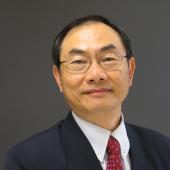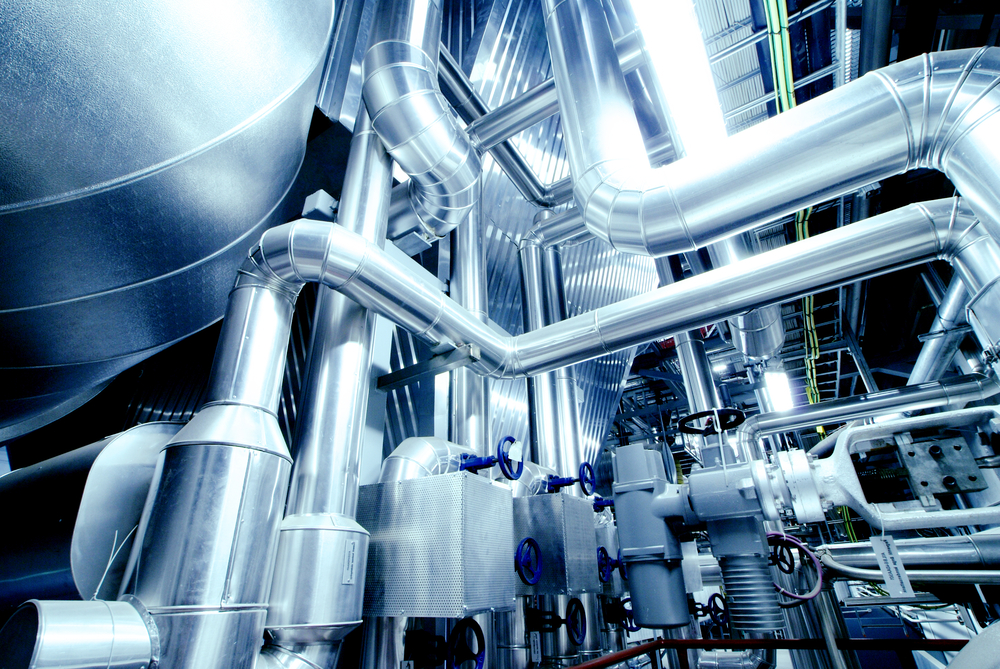
Liang-Shih Fan, Distinguished University Professor and the C. John Easton Professor in the Department of Chemical and Biomolecular Engineering at The Ohio State University, will present AIChE’S 67th Institute Lecture on November 11, 2015
Every year, The Executive Board of the Program Committee invites a distinguished member of The American Institute of Chemical Engineers (AIChE) to present a comprehensive authoritative review of the chemical engineering science in his or her field of specialization. This year the 67th Institute Lecture will be presented by Liang-Shih Fan in a special session at the 2015 AIChE Annual Meeting in Salt Lake City, Utah.
Fan’s lecture, entitled “Metal Oxide Reaction Engineering and Particle Technology Science: A Gateway to Novel Energy Conversion Systems” will discuss the the general properties of metal oxide materials for emerging technology applications.
Metal Oxide Reaction Engineering and Particle Technology Science: A Gateway to Novel Energy Conversion Systems
Liang-Shih Fan, Distinguished University Professor and the C. John Easton Professor in the Department of Chemical and Biomolecular Engineering at The Ohio State University
Metal oxide composites are enabling materials in a variety of energy conversion systems such as solid oxide fuel cells, solar cells, batteries, light emitting diodes, photocatalysis and ionic transport membranes. The performance of metal oxides is governed by their morphology, crystal structure, and electron, ion, and defect transport properties. In this presentation, I will elucidate the general properties of metal oxide materials for emerging technology applications. Iron, manganese, cobalt, nickel, and copper oxide composites are model systems for many clean energy processes, and I will explore the evolution of their macro-, micro-, and nano-scale characteristics during redox conditions using atomistic computational and experimental techniques. I will then show how these findings apply to novel chemical looping technology platforms, which employ metal oxide composite particles as oxygen carriers to produce hydrogen, syngas, chemicals, and liquid fuels from various carbonaceous feedstocks. I will elaborate on key elements of particle technology science that guides the design and scale-up of these technology platforms from bench reactor tests to pilot scale plant demonstrations. I will discuss chemical looping process efficiencies and economics, and the timing and challenges associated with their commercial deployment.

